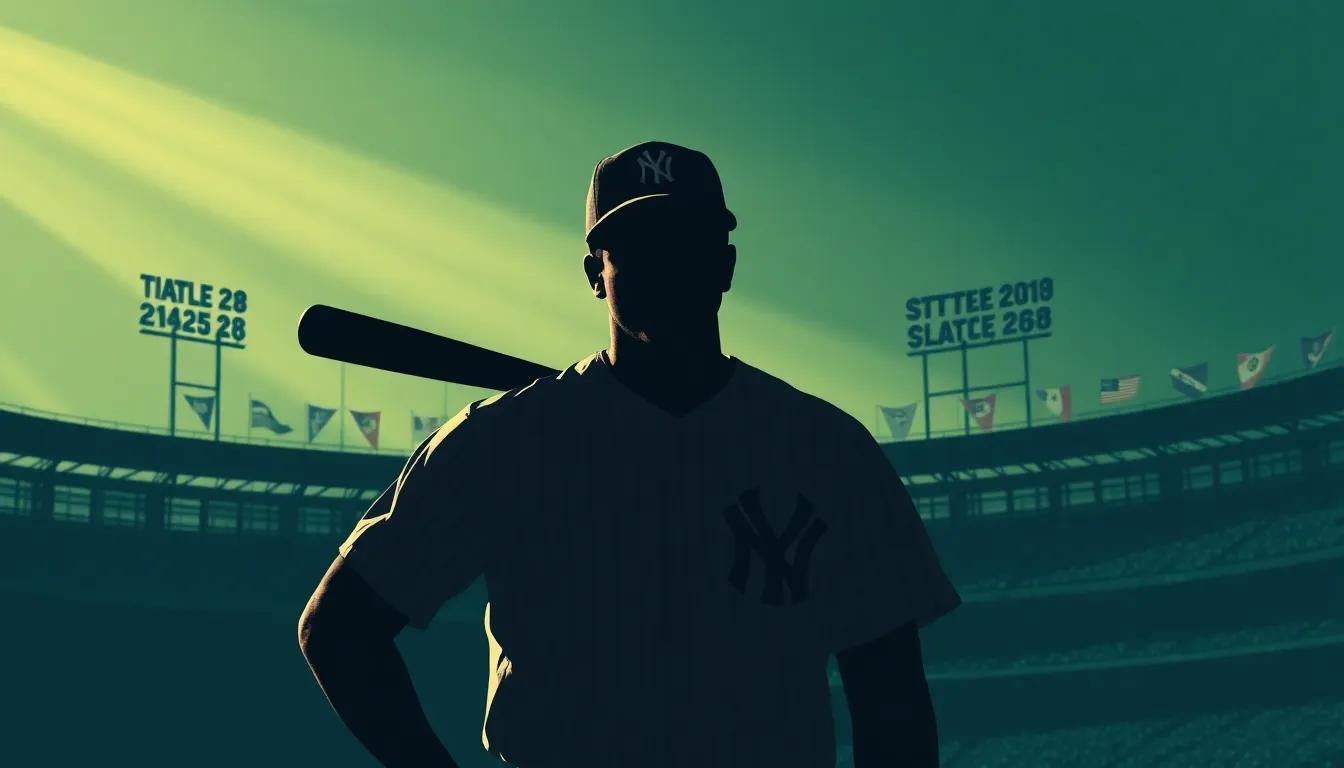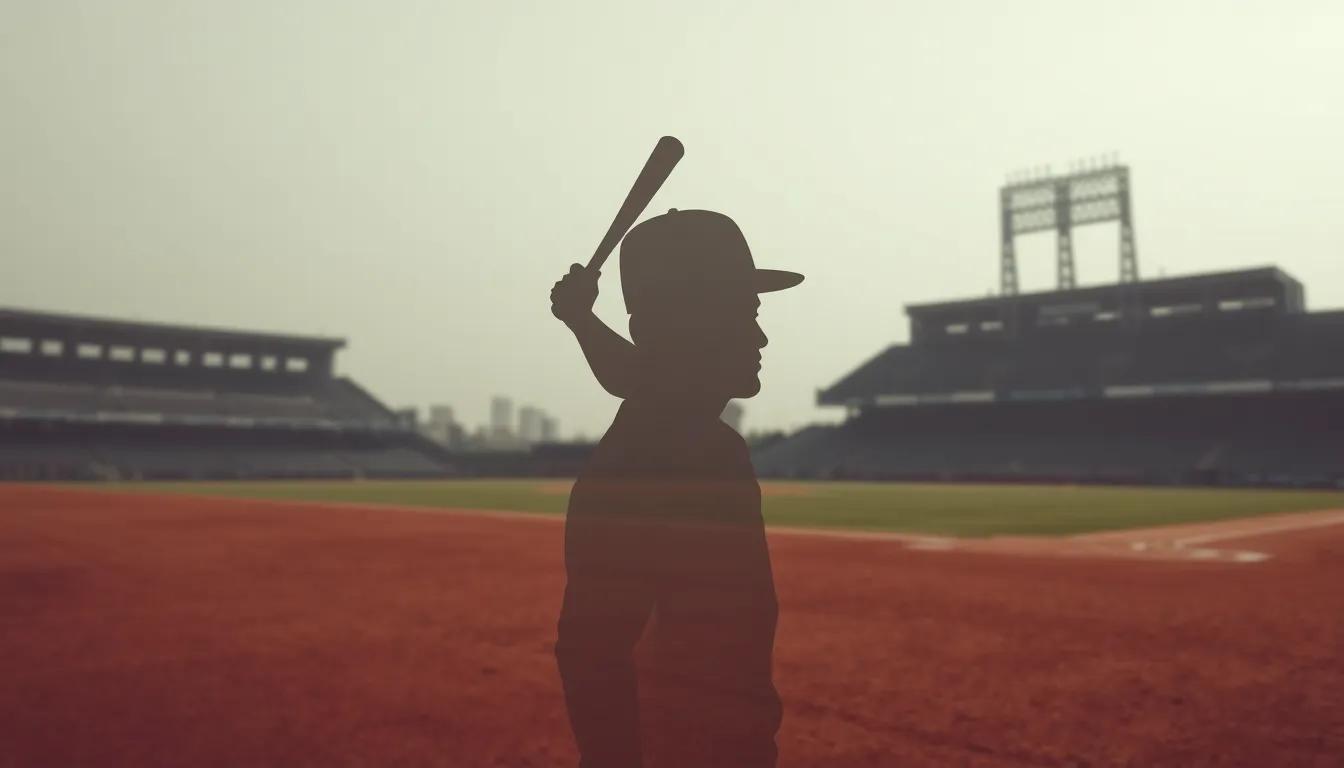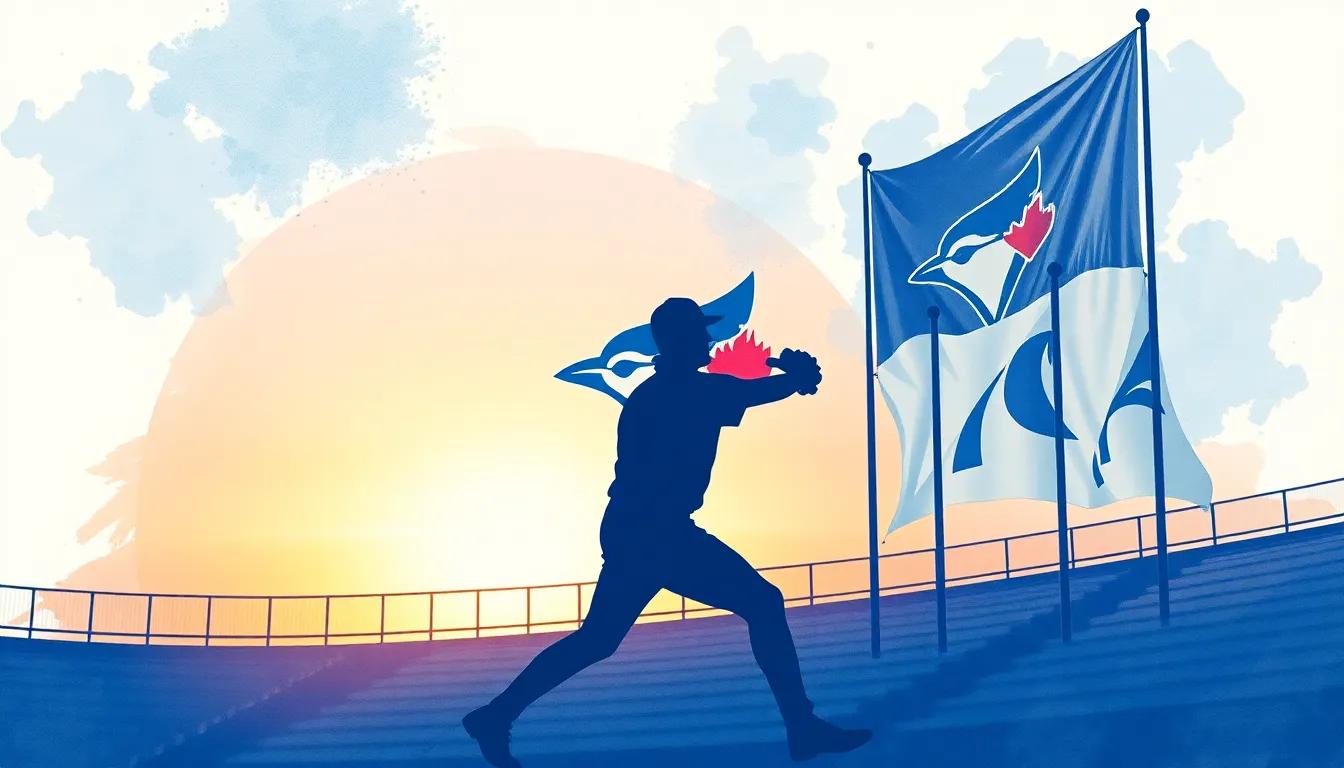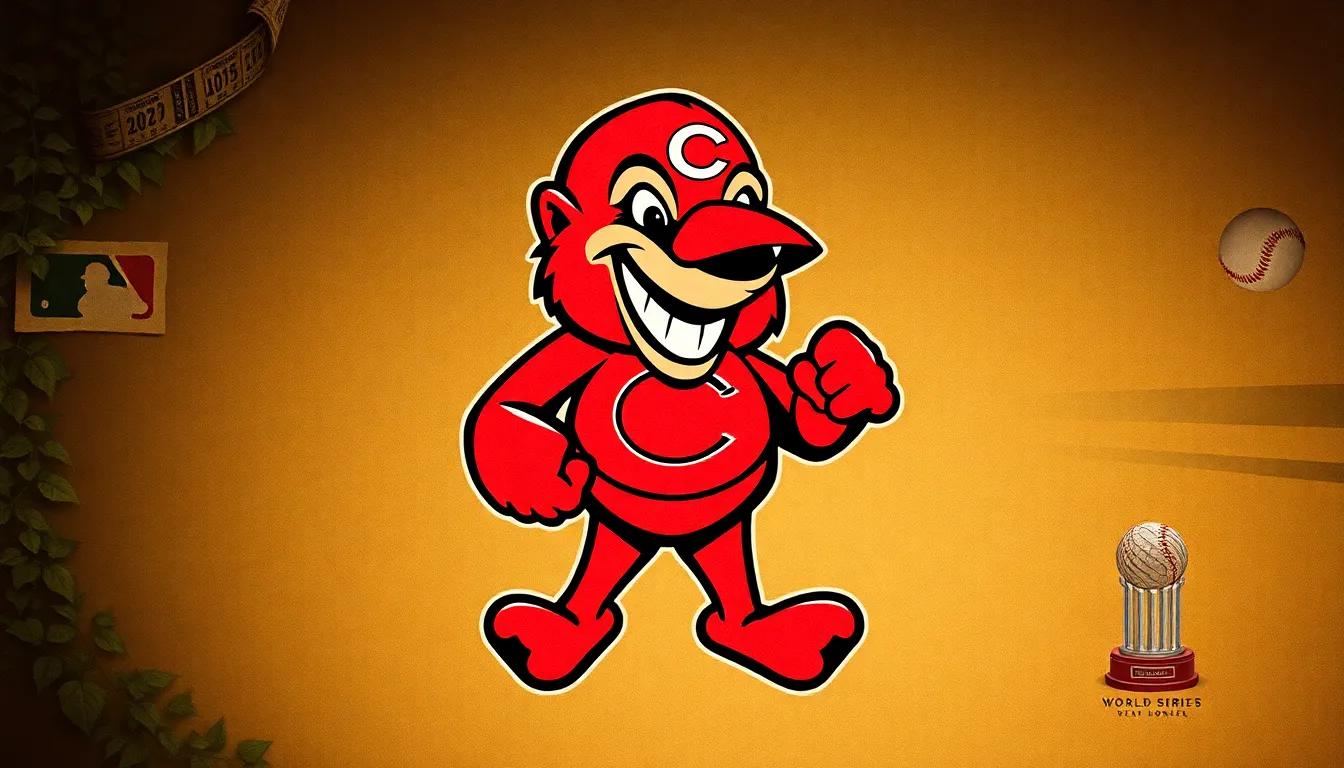Triston McKenzie was supposed to anchor Cleveland’s rotation for years to come.
The tall, lanky right-hander burst onto the scene with a heater that could touch the mid-90s and a curveball that made hitters look foolish. He had that classic pitcher’s frame – 6’5″, rail-thin, with a baby face that made him look even younger than his years.
For a while there, it looked like the Guardians had found their ace.
Now McKenzie’s in Arizona, throwing to teenagers at Cleveland’s Rookie-ball affiliate. He’s trying to piece together what went wrong, one pitch at a time.
His most recent outing ended early when illness forced him from the game. Before that? A 6.75 ERA against kids who are years away from even dreaming about the majors.
There’s no single reason for McKenzie’s fall. That’s what makes it so tough to watch.
His stuff backed up gradually. Injuries piled up at the worst times. The breaks that young pitchers need to establish themselves just never came his way.
What’s striking is how complete the regression has been. This isn’t a veteran trying to squeeze out one more year – McKenzie’s only 26. He should be entering his prime.
Instead, he’s starting over at the very bottom of professional baseball.
The Guardians haven’t given up on him, which tells you something about what they saw in his peak years. You don’t send a former top prospect to Rookie ball unless you think there’s still something worth salvaging.
But the gap between where McKenzie is now and where he needs to be feels enormous. Getting outs against 18-year-olds shouldn’t be this hard for someone who once dominated major league hitters.
It’s one of those baseball stories that reminds you how thin the line is between success and failure at the highest level. McKenzie had everything you want in a pitcher – the stuff, the frame, the makeup.
Sometimes that’s not enough.





